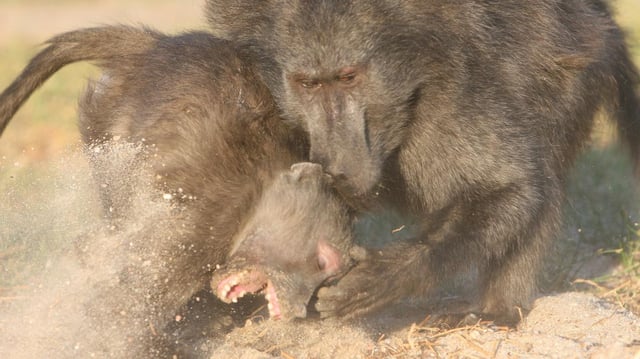Overview
- The study pooled observations from 253 published reports to assess dominance structures across 121 primate species.
- 70 percent of populations show no clear male or female dominance, while 17 percent are male-led and 13 percent are female-led.
- Male dominance is most common among terrestrial species with larger males that engage in polygynous mating.
- Female dominance emerges predominantly in species where females forage in trees, pair bond monogamously, and match males in body size.
- The results overturn assumptions of inherent male primate supremacy and suggest human power dynamics more closely resemble species without fixed gender hierarchies.


